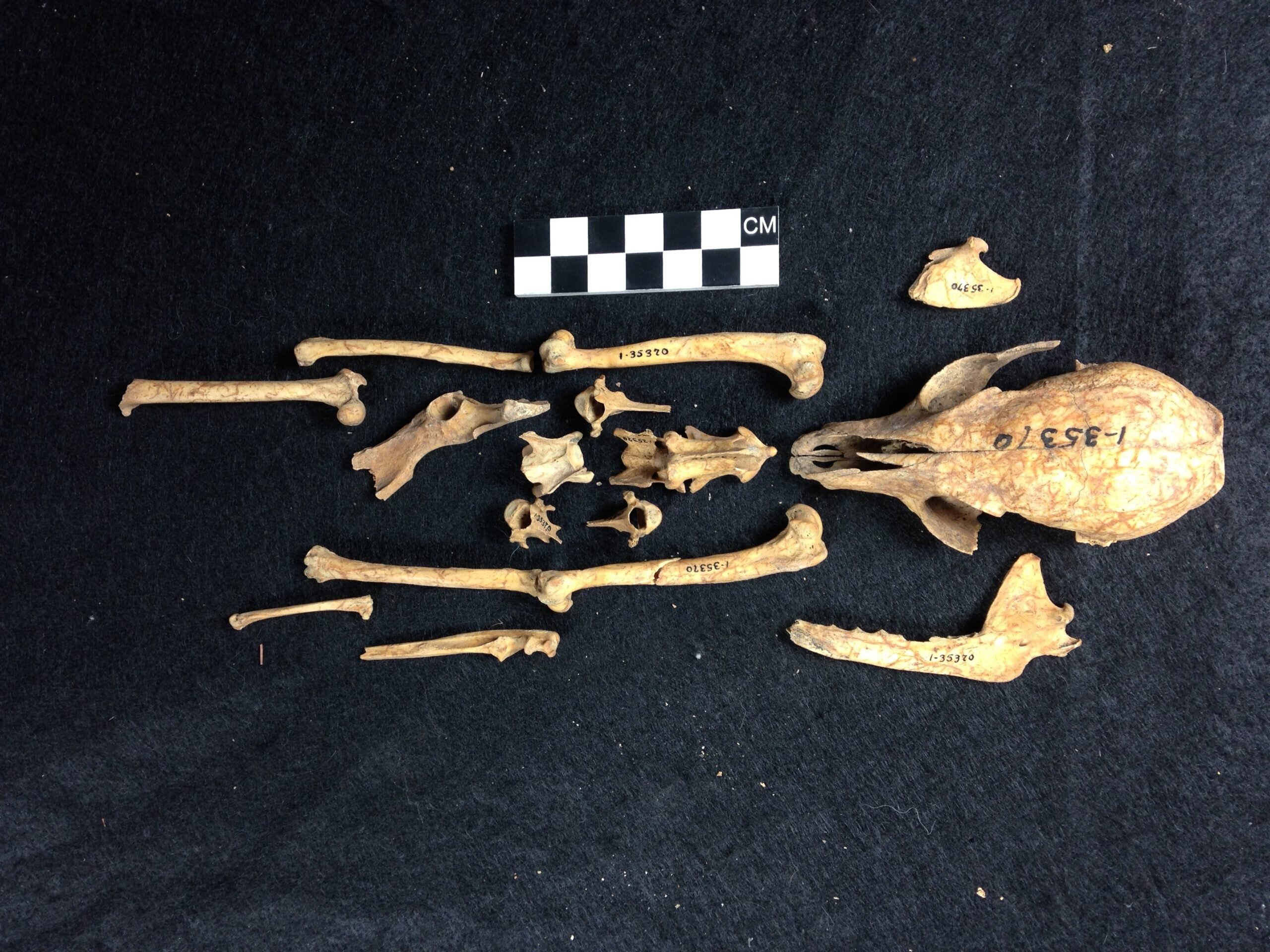#Aircraft ‘central nervous system’ could reduce structural fatigue accidents

“#Aircraft ‘central nervous system’ could reduce structural fatigue accidents”

The human central nervous systems provide us with the first hint that we’re not well. Now, UNSW Canberra researchers are one step closer to developing aircraft that can ‘feel’ with similar sensory perception.
This technology would allow early detection of structural fatigue issues, alerting engineers that an aircraft is in need of a health check.
Aerospace and Aviation researcher Dr. Graham Wild said the development of Structural Health Monitoring (SHM) systems could significantly reduce the number of aircraft fatigue accidents, such as the catastrophic engine failure on a Boeing 777 over Denver in February 2021.
“Early findings from the investigation into the Boeing 777 flight over Denver last week suggest that a fan blade may have sheared, causing significant damage to the rest of the engine,” Dr. Wild said.
“Aircraft engines are the number one location of fatigue failure with significant temperature and rotational or wear forces impacting parts.
With most individual components only inspected by sight every 100 hours of flying time it can be very difficult to understand when underlying fatigue issues are happening, Dr. Wild said.
“Our research is exploring how acoustic technology, interpreted by machine learning, can ‘listen’ for minor changes in the sound signatures components create, giving real-time insights and feedback into a holistic health monitoring system.
“The core of our research is to develop a system where the aircraft is proactively monitoring its own health and can tell us when it is not ‘feeling well,” removing the need for human inspection and increasing aviation safety.
Dr. Wild believes that the large-scale implementation of Structural Health Monitoring technology in aviation could commence within the next decade, citing the emergence of new industries such as Urban Air Mobility (UAM) as a driving force.
“The introduction of Urban Air Mobility in our cities will dramatically increase the number of flying vehicles. The large number of flying hours and proximity to populations demand the best in safety, which in part will rely on these vehicles having Structural Health Monitoring systems,” Dr. Wild said.
The research, a collaboration between UNSW at ADFA and Edith Cowan University, was supported by the US Office of Naval Research Global, and was published in the International Journal of Prognostics and Health Management.
Metal fatigue suspected in Boeing 777 engine scare
International Journal of Prognostics and Health Management, DOI: 10.36001/IJPHM.2021.v12.i3.2368
Citation:
Aircraft ‘central nervous system’ could reduce structural fatigue accidents (2021, March 2)
retrieved 2 March 2021
from https://techxplore.com/news/2021-03-aircraft-central-nervous-fatigue-accidents.html
This document is subject to copyright. Apart from any fair dealing for the purpose of private study or research, no
part may be reproduced without the written permission. The content is provided for information purposes only.
If you liked the article, do not forget to share it with your friends. Follow us on Google News too, click on the star and choose us from your favorites.
For forums sites go to Forum.BuradaBiliyorum.Com
If you want to read more Like this articles, you can visit our Science category.




